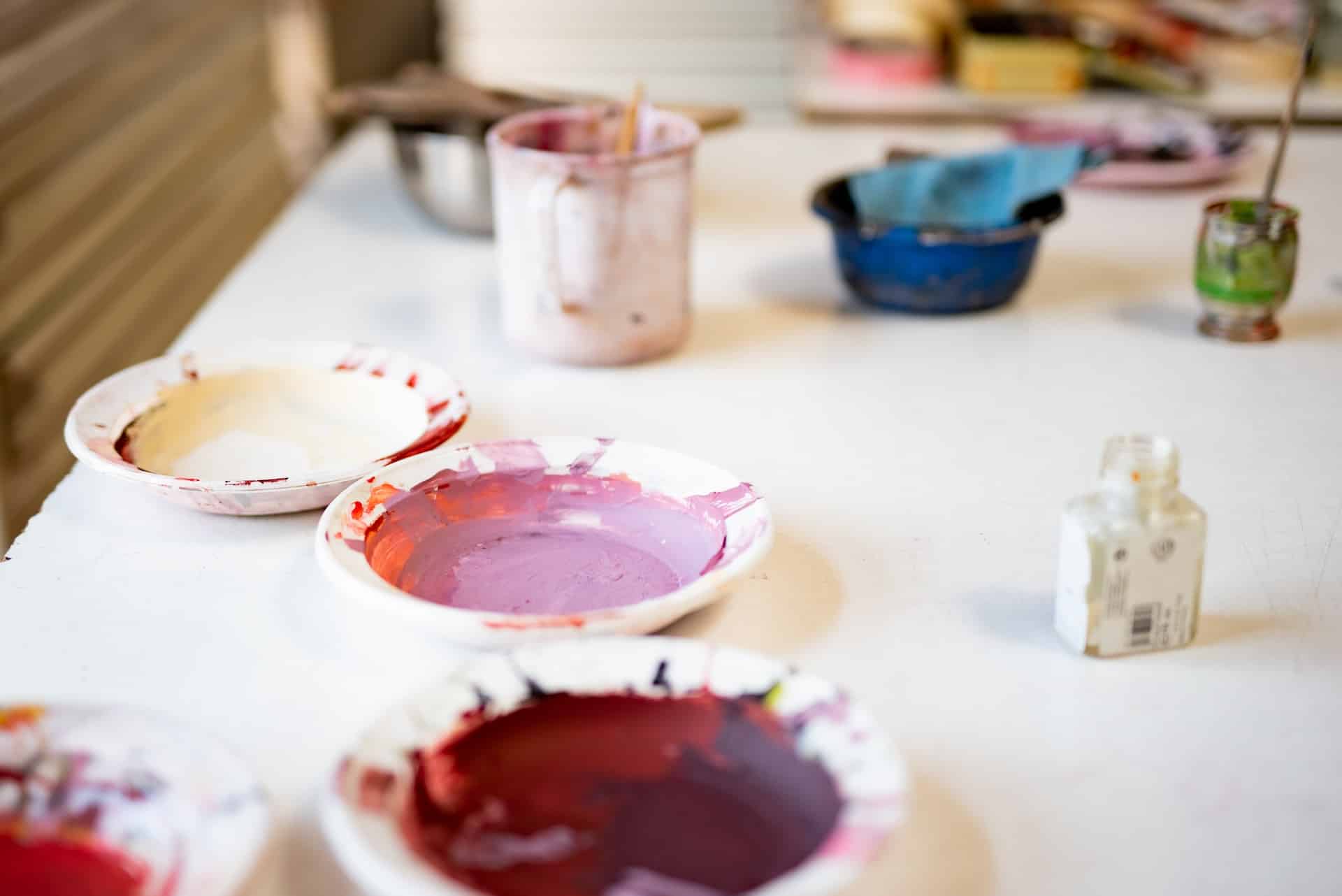
The Multidimensional Nature of Art Therapy
Art Therapy knows symbols are multidimensional, just as we human beings are.
Art accesses the vertical dimension of any given image, figure, gesture, or notion. Through Art Therapy we are taken beyond the surface our lives and into the guts, roots and heavens of any symbol that shows up to be worked with.
The Circle: A Potent Symbol for Coming Home
The symbol of the circle, and the related idea of center, is enormously healing to play with through the arts.
When we center ourselves we are choosing a point from which we would like our energies to radiate. Everything comes back to its point of origin, and all that we send out into the world does so, too. To know our center, to visit our center, is restoration pure.
The following very simple, zen-like Art Therapy exercise is dedicated to the idea of centering, and it is designed to take you into the mysteries of your own core. Enjoy!
Art Therapy for Centering: Twenty-Four Circles
Materials you will need:
- 24 large pieces of sketch paper, best taken from a large pad of newsprint. It is also fine to use brown butcher paper, found paper, or pages from an actual newspaper. Important is to have 24 large, separate pieces of paper.
- A large brush, the biggest one you have.
- Drippy poster paint or ink. Most paint can be made extra drippy by adding a little bit of water, just enough to make it very fluid but not enough that you break apart the paint’s cohesiveness. Acrylics work well for this, watercolors a little less, but I’m a fan of using what you have on hand so feel free to experiment with whatever’s around.
The Process:
If possible set yourself up to paint vertically, by propping your newsprint pad on an easel or by fixing your papers to a wall. This is nice for taking advantage of the drippiness. If you need to work on a flat surface, like a desk or the floor, just make sure you stand and keep your arm as straight as possible while you do this.
Step One: Practice the Circular Movement
With the brush still dry, hold it in your hand and practice making large circular movements with your arm, intending to rotate from the shoulder joint rather than from the elbow or wrist. It can help to imagine that you do not have an elbow or wrist, and the only place you can bend or rotate is at the shoulder.
Practice the movement that will be required for painting a big circle with your brush on your big pieces of paper. Notice how your arm is made for circular motion, as though your shoulder is the center of a compass, made for drawing circles.
Step Two: Twenty-Four Circles
Now get ready to move through your twenty-four sheets of paper one by one. Each sheet of paper will receive only one large circle, delivered in a single fluid stroke.
Dip your paintbrush in your drippy paint, take a deep breath in, and on the out-breath, attempt to create a “perfect” (it won’t be perfect!) circle with a single circular motion, one brushstroke. Whatever it looks like, move on to the next page to do the next one.
Do not stop until you have done the twenty-four circles, one after the other. Work fluently and without pause, completing the cycle and trusting all will be just what it’s supposed to be.
There is no goal other than to do it. The circles themselves are only side effects, ripples in the pond, residue of your breath, movement, and presence in this world.
Step Three: Reflect on Your Center
When the twenty-four circles have been completed, lay them out in whatever way allows you to see the most of them at once. Without analyzing, take in these perfectly imperfect circles.
You may sense how these circles are only the outermost ring of something palpable within the invisible center, something which precedes and lives on after the start and end of these circles. You may be struck with a sense of your own impermanence or fragility.
But there’s no right or wrong here – whatever does occur to you as you look at your circles, is exactly the right thing to reflect on for this moment.
Thanks for engaging! May you feel your center as the power that it is.

